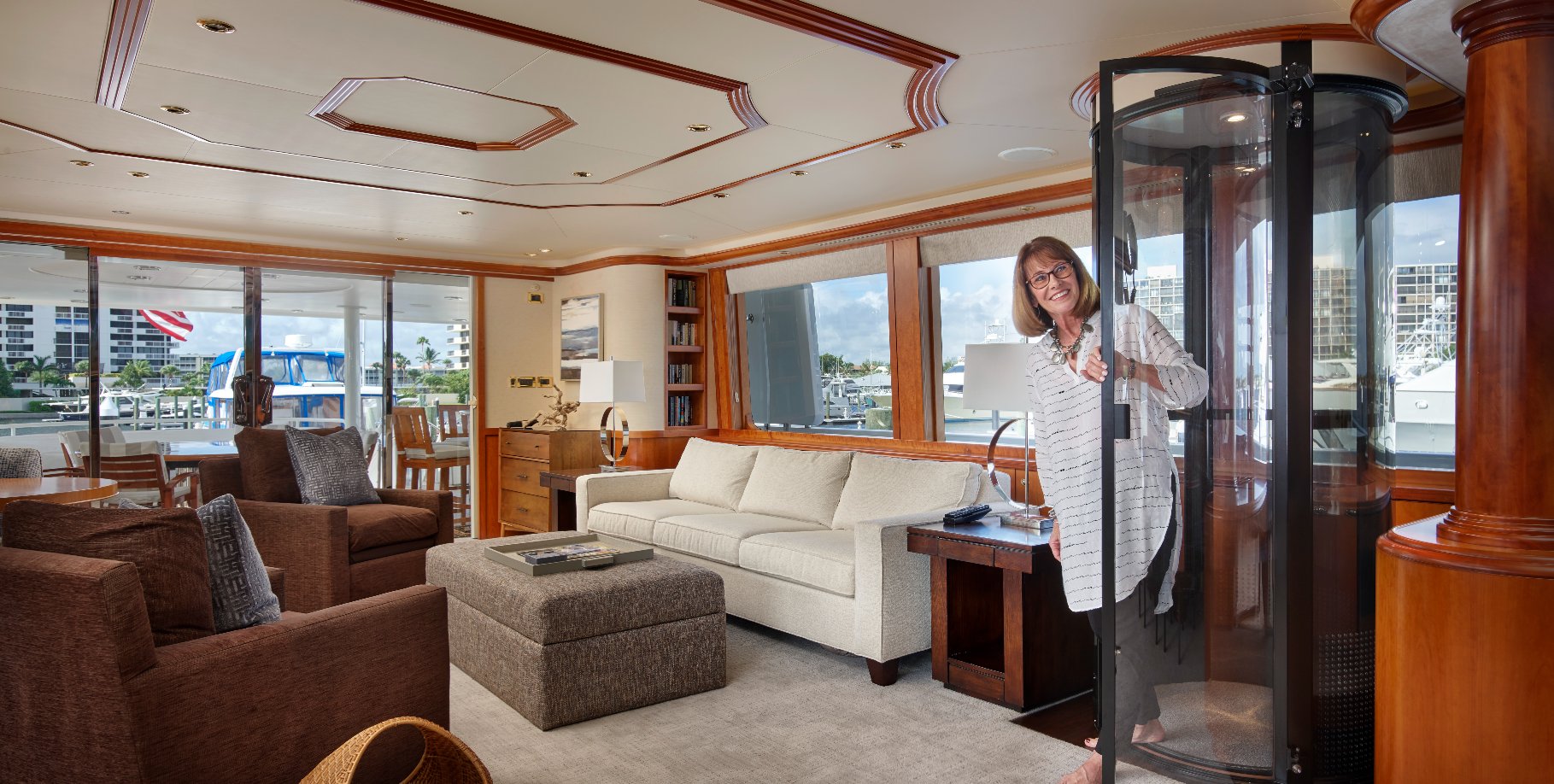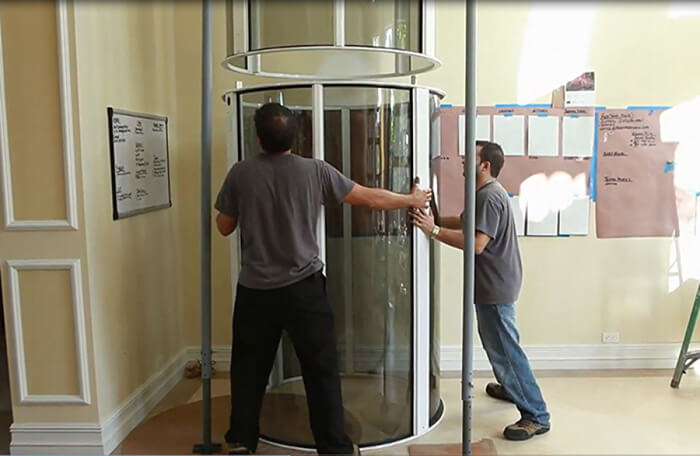
The allure of a home elevator is undeniable. It adds convenience, accessibility, and even a touch of luxury to your living space. But can you truly build one yourself? While the internet might be brimming with “DIY home elevator” tutorials, the reality is far more complex than simply following online instructions.
This article dives deep into the world of DIY home elevators, exploring the feasibility, safety considerations, legal regulations, and practical challenges involved. By the end, you’ll have a clear understanding of whether building your own elevator is a realistic option for you.
Why Consider a DIY Home Elevator?
There are several reasons why someone might consider building their own home elevator:
- Cost: Professionally installed elevators can cost tens of thousands of dollars. A DIY approach can potentially save a significant amount.
- Customization: Building your own allows for complete control over design, size, and features.
- Personal satisfaction: Some people find the DIY process rewarding and enjoy the challenge.
The Sobering Reality: Safety First and Foremost
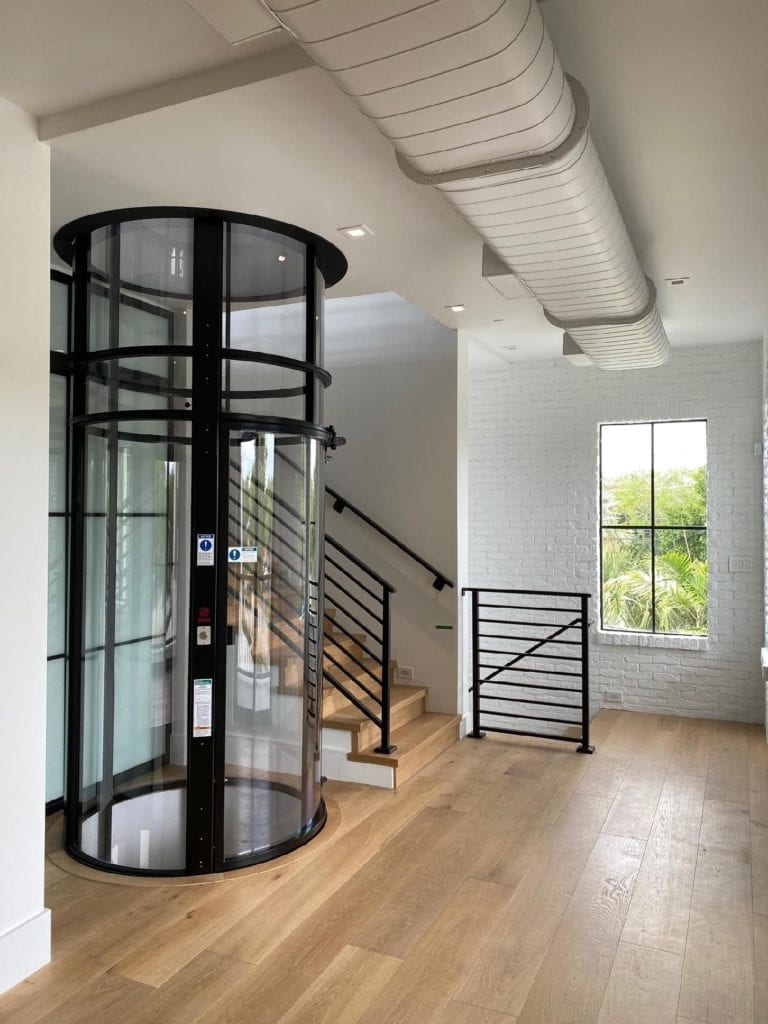
Before getting swept away by the DIY dream, it’s crucial to understand the inherent risks involved:
- Safety regulations: Most countries have strict building codes and safety standards for elevators. Violating these can lead to hefty fines and even legal repercussions.
- Complexity: Elevators involve complex mechanical and electrical systems. Improper installation or design can result in catastrophic failure, putting lives at risk.
- Professional expertise: While online tutorials are readily available, they cannot replace the knowledge and experience of qualified professionals like engineers and licensed electricians.
Legal Hurdles: Navigating the Regulatory Maze
Installing an elevator, whether DIY or professional, comes with a layer of legal complexities:
- Building permits: Obtaining the necessary permits is crucial, and the process can be lengthy and bureaucratic.
- Inspections: Your DIY elevator will likely undergo rigorous inspections by qualified authorities to ensure compliance with safety standards.
- Liability: In case of accidents or malfunctions, the legal responsibility falls entirely on you if you build the elevator yourself.
The DIY Challenge: Beyond Technical Expertise
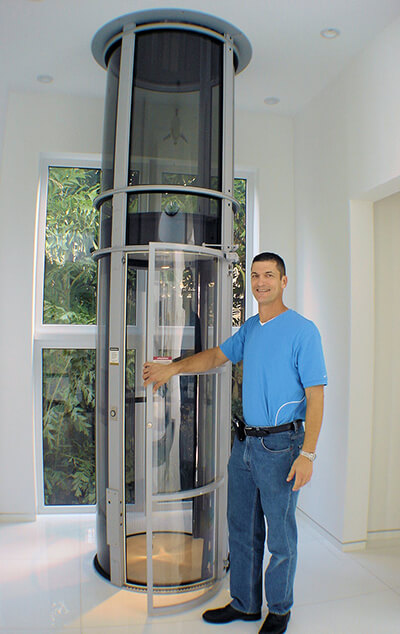
Beyond safety and legal considerations, building an elevator presents several practical challenges:
- Sourcing materials: Finding high-quality, reliable components that meet safety regulations can be difficult and expensive.
- Tools and equipment: Specialized tools and equipment are often required for construction and installation.
- Time commitment: Building an elevator is a time-consuming project, even for experienced DIYers.
- Hidden costs: Be prepared for unexpected expenses that can arise during the construction process.
Alternatives to DIY: Exploring Safer Options
If the challenges and risks of a DIY elevator seem daunting, here are some safer and more practical alternatives:
- Professional installation: Consider hiring a licensed elevator contractor to install a pre-manufactured unit. This ensures adherence to safety codes and provides access to professional expertise.
- Home lift: Explore smaller, platform-based lifts designed for accessibility purposes. These might be subject to less stringent regulations than full-fledged elevators.
- Stairlifts: For single-story level changes, stairlifts offer a more affordable and readily available solution.
Exploring the DIY Spectrum: Not All DIY is Created Equal
While the previous sections emphasized the caution required for a full-fledged elevator build, it’s important to acknowledge that “DIY” can encompass a spectrum of involvement. Here are some nuances to consider:
- Light modifications: Some pre-manufactured home lifts allow customization options like adding enclosures or changing finishes. These minor modifications might be manageable for skilled DIYers with proper research and guidance from the manufacturer.
- Open-source designs: A handful of open-source home elevator designs exist, with detailed plans and instructions available online. However, these are typically complex projects requiring advanced engineering and mechanical expertise. Approaching such projects with extreme caution and consulting professional engineers is crucial.
- Collaboration with professionals: Partnering with qualified professionals like engineers and electricians can increase the feasibility and safety of a DIY project. They can guide your design, source materials, and ensure adherence to regulations while you handle specific tasks within your skillset. This approach requires careful planning, clear communication, and a thorough understanding of your capabilities and limitations.
Remember, even seemingly minor modifications or collaborations carry inherent risks. Always prioritize safety and never compromise on critical components or systems.
Cost Considerations: Beyond the Initial Price Tag
While cost savings are often a driving factor for DIY projects, consider the full financial picture:
- Unforeseen expenses: Material costs can fluctuate, unexpected issues might arise during construction, and professional help might be needed at various stages, all adding to the final cost.
- Long-term maintenance: DIY elevators lack the warranty and readily available maintenance support offered by professional companies. Regular inspections and potential repairs could add to long-term expenses.
- Resale value: While a professionally installed elevator can increase your home’s value, a DIY project might raise concerns for potential buyers and impact resale value.
Weigh these factors carefully against the potential cost savings of a DIY approach. Remember, true value lies in a safe, reliable, and well-maintained elevator that adds long-term benefits to your home.
Why Opt for a PVE Home Elevator: Efficiency, Value, and Peace of Mind
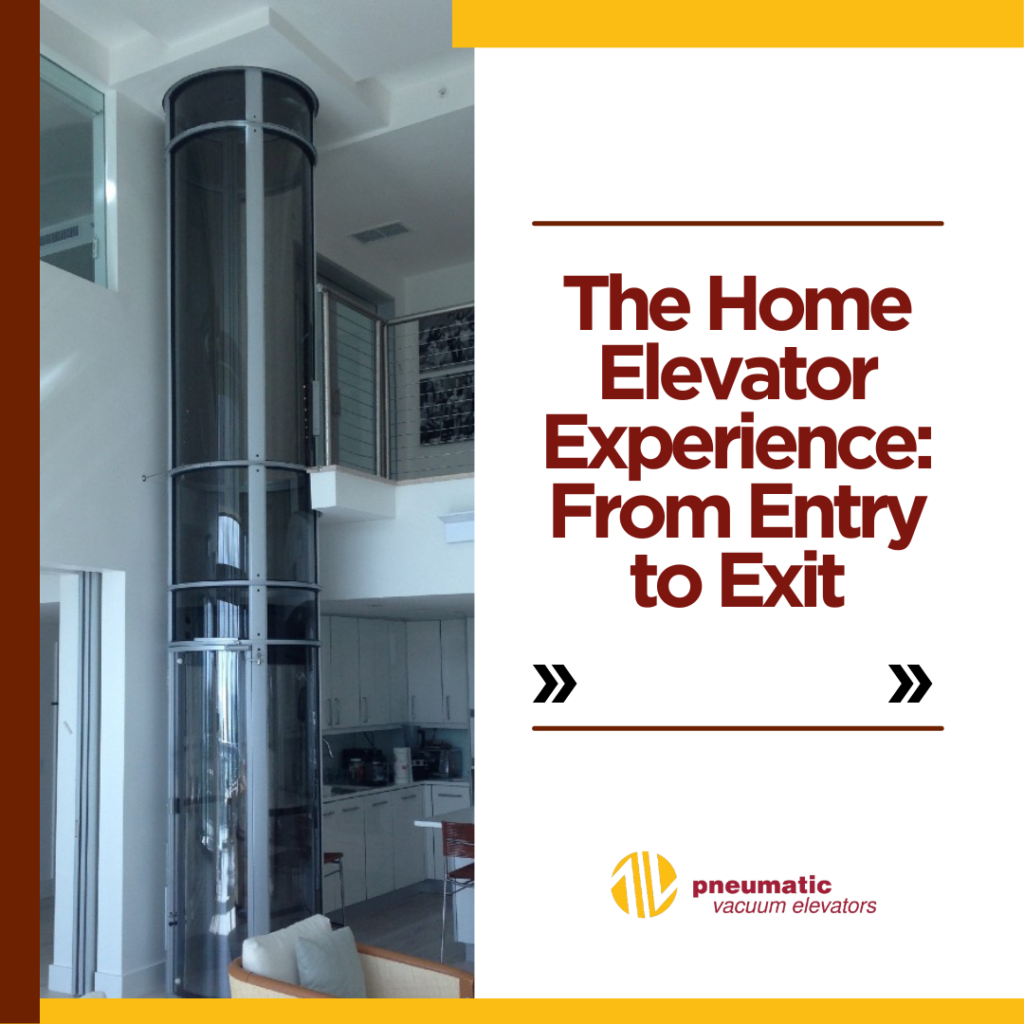
At PVE, we understand the desire for an accessible and stylish home without compromising safety or exceeding your budget. We offer a range of cost-effective and space-saving home elevator solutions tailored to your specific needs and budget.
Here’s why choosing PVE makes sense:
- Safety first: Our elevators are rigorously tested and comply with all applicable safety standards, ensuring the well-being of you and your loved ones.
- Expert craftsmanship: We use high-quality materials and employ experienced technicians to ensure the longevity and reliability of your elevator.
- Space-saving designs: Our innovative products like the PVE30, the world’s smallest elevator, are ideal for homes with limited space.
- Customization options: Choose from a variety of finishes, features, and configurations to match your style and preferences.
- Professional installation & support: Our experienced team ensures seamless installation and provides ongoing support for your peace of mind.
- Competitive pricing: We offer transparent pricing and strive to make premium home elevators accessible to a wider audience.
Investing in a professionally installed PVE home elevator offers:
- Peace of mind: Knowing your elevator is built and backed by professionals ensures worry-free enjoyment for years to come.
- Increased home value: A professionally installed elevator can significantly add to your property’s value.
- Accessibility and convenience: Enjoy effortless movement between floors, enhancing your quality of life.
- Style and customization: Express your unique style with our diverse range of options.
Contact PVE today for a free consultation and explore how we can help you achieve your dream of a safe, beautiful, and accessible home.
Remember, your home is your haven, and choosing the right home elevator solution is a crucial decision. Prioritize safety, value, and long-term benefits, and let PVE guide you towards the perfect fit for your needs and budget.
The Final Verdict: Is DIY the Right Choice for You?
Building a DIY home elevator is a complex and risky undertaking. While it might seem like a cost-effective solution, the potential safety hazards, legal challenges, and practical difficulties should not be taken lightly.
Before embarking on this journey, thoroughly assess your skills, resources, and risk tolerance. Consider professional alternatives and consult with qualified professionals to ensure your home and loved ones remain safe.
Remember, your home is your sanctuary, and compromising its safety is never worth the potential cost savings. Make an informed decision, prioritize safety, and explore alternative solutions that best suit your needs and resources.
DIY Home Elevator FAQs: Navigating the Ups and Downs
Building your own elevator might seem like an exciting project, but before you grab your toolbox, here are some essential answers to frequently asked questions:
Q: Can I build an elevator in my house?
Technically, “yes” is possible, but with extreme caution and significant expertise. DIY elevators raise serious safety concerns and require strict adherence to regulations. Carefully consider the risks and legal implications before embarking on this path.
Q: What is the cheapest type of elevator?
While a DIY project might seem cost-effective initially, remember hidden costs and potential risks. Professionally installed home lifts often offer a more accessible and safer alternative compared to full-fledged elevators.
Q: What can I use instead of elevators?
For single-story level changes, stairlifts provide a readily available and affordable solution. Platform lifts can also offer accessibility within specific contexts. Consult with professionals to determine the best fit for your needs.
Q: Which type of elevator is best for home?
The “best” depends on your specific needs, budget, and space constraints. Consult with professionals to explore options like home lifts, wheelchair lifts, and residential elevators and identify the optimal solution for your situation.
Q: Which elevator is safer?
Professionally installed and maintained elevators adhering to safety standards always surpass DIY attempts in terms of safety. Choose a reputable company with a proven track record and ensure your elevator undergoes regular inspections for optimal safety.
Q: How long does a home elevator last?
With proper maintenance, well-built home elevators can last 15-20 years or even longer. Regular inspections and servicing are crucial for longevity and safety.
Q: What is the difference between a home lift and a home elevator?
Home lifts are typically smaller platforms designed for accessibility within specific home areas. Home elevators are larger and enclosed, offering full vertical transportation between floors. Choose based on your specific needs and space limitations.
Q: How safe are home elevators?
When professionally installed and maintained, home elevators can be incredibly safe. Always choose a reputable company and prioritize regular inspections to ensure optimal safety.
Q: Are home elevators hard to maintain?
Regular maintenance is crucial for any elevator, but professionally installed systems often come with readily available support and service packages. Consult with potential elevator companies about their maintenance offerings.
Remember, safety and peace of mind are paramount when it comes to home elevators. Carefully weigh the risks and rewards of DIY versus professional installation and prioritize solutions that guarantee the well-being of you and your loved ones.




